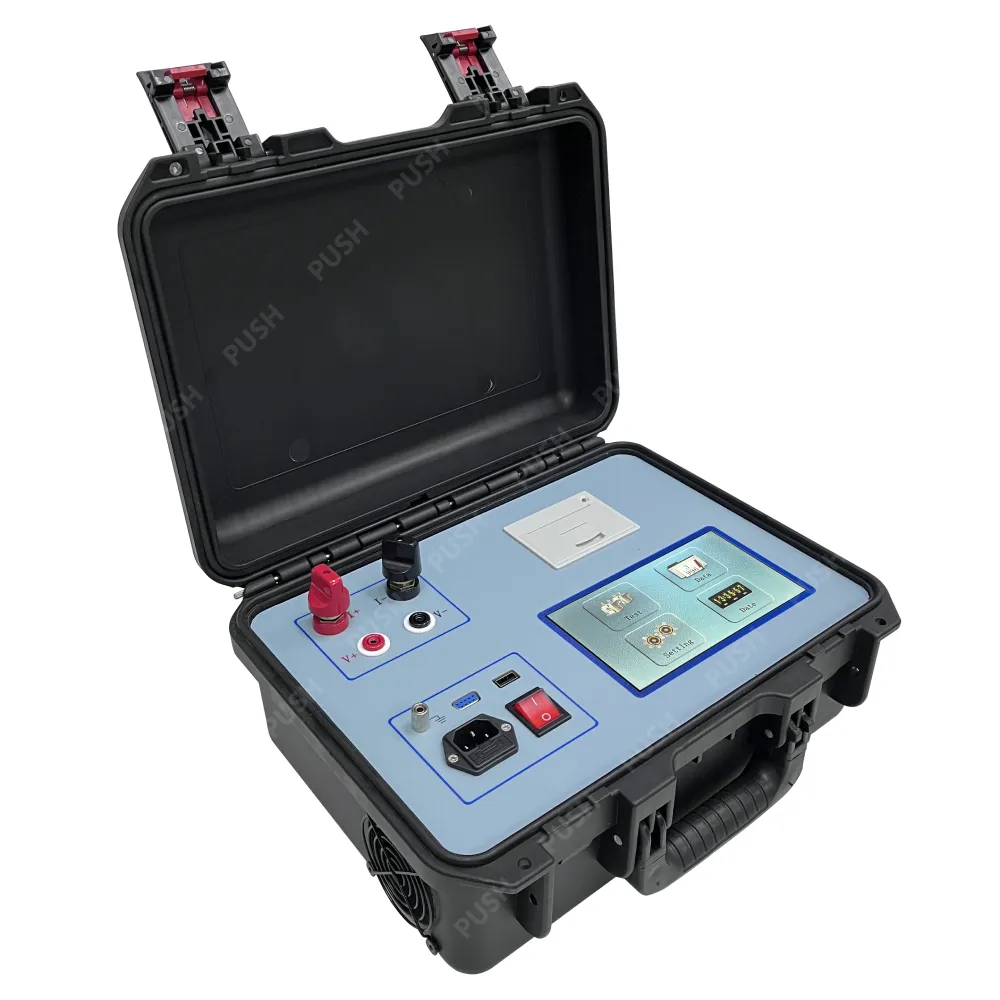 English
English



-
 Afrikaans
Afrikaans -
 Albanian
Albanian -
 Amharic
Amharic -
 Arabic
Arabic -
 Armenian
Armenian -
 Azerbaijani
Azerbaijani -
 Basque
Basque -
 Belarusian
Belarusian -
 Bengali
Bengali -
 Bosnian
Bosnian -
 Bulgarian
Bulgarian -
 Catalan
Catalan -
 Cebuano
Cebuano -
 China
China -
 China (Taiwan)
China (Taiwan) -
 Corsican
Corsican -
 Croatian
Croatian -
 Czech
Czech -
 Danish
Danish -
 Dutch
Dutch -
 English
English -
 Esperanto
Esperanto -
 Estonian
Estonian -
 Finnish
Finnish -
 French
French -
 Frisian
Frisian -
 Galician
Galician -
 Georgian
Georgian -
 German
German -
 Greek
Greek -
 Gujarati
Gujarati -
 Haitian Creole
Haitian Creole -
 hausa
hausa -
 hawaiian
hawaiian -
 Hebrew
Hebrew -
 Hindi
Hindi -
 Miao
Miao -
 Hungarian
Hungarian -
 Icelandic
Icelandic -
 igbo
igbo -
 Indonesian
Indonesian -
 irish
irish -
 Italian
Italian -
 Japanese
Japanese -
 Javanese
Javanese -
 Kannada
Kannada -
 kazakh
kazakh -
 Khmer
Khmer -
 Rwandese
Rwandese -
 Korean
Korean -
 Kurdish
Kurdish -
 Kyrgyz
Kyrgyz -
 Lao
Lao -
 Latin
Latin -
 Latvian
Latvian -
 Lithuanian
Lithuanian -
 Luxembourgish
Luxembourgish -
 Macedonian
Macedonian -
 Malgashi
Malgashi -
 Malay
Malay -
 Malayalam
Malayalam -
 Maltese
Maltese -
 Maori
Maori -
 Marathi
Marathi -
 Mongolian
Mongolian -
 Myanmar
Myanmar -
 Nepali
Nepali -
 Norwegian
Norwegian -
 Norwegian
Norwegian -
 Occitan
Occitan -
 Pashto
Pashto -
 Persian
Persian -
 Polish
Polish -
 Portuguese
Portuguese -
 Punjabi
Punjabi -
 Romanian
Romanian -
 Russian
Russian -
 Samoan
Samoan -
 Scottish Gaelic
Scottish Gaelic -
 Serbian
Serbian -
 Sesotho
Sesotho -
 Shona
Shona -
 Sindhi
Sindhi -
 Sinhala
Sinhala -
 Slovak
Slovak -
 Slovenian
Slovenian -
 Somali
Somali -
 Spanish
Spanish -
 Sundanese
Sundanese -
 Swahili
Swahili -
 Swedish
Swedish -
 Tagalog
Tagalog -
 Tajik
Tajik -
 Tamil
Tamil -
 Tatar
Tatar -
 Telugu
Telugu -
 Thai
Thai -
 Turkish
Turkish -
 Turkmen
Turkmen -
 Ukrainian
Ukrainian -
 Urdu
Urdu -
 Uighur
Uighur -
 Uzbek
Uzbek -
 Vietnamese
Vietnamese -
 Welsh
Welsh -
 Bantu
Bantu -
 Yiddish
Yiddish -
 Yoruba
Yoruba -
 Zulu
Zulu
short circuit withstand test of transformer
Short Circuit Withstand Test of Transformers
Transformers are essential components in electrical power systems, providing voltage transformation and enabling the efficient transmission and distribution of electrical energy. One critical aspect of transformer design and performance is the ability to withstand short-circuit conditions. A short circuit can occur due to various reasons, such as insulation failure, shorted conductors, or external faults. The short circuit withstand test is crucial in evaluating a transformer's ability to endure such extreme conditions without sustaining catastrophic damage.
The short circuit withstand test simulates actual fault conditions that a transformer might experience during its service life. This test is designed to determine a transformer's thermal and mechanical stability when subjected to high fault currents. During the test, a controlled fault condition is created by shorting the transformer’s output terminals. The resulting current, often several times greater than the normal operating current, flows through the windings, generating heat due to the resistance in the windings and the magnetic core.
To perform the short circuit withstand test, the transformer is first isolated and all safety precautions are taken. The secondary winding of the transformer is shorted, and the primary side is connected to a power source. This setup allows for a brief surge of high fault current, which is monitored closely. The test is usually conducted for a predetermined duration (commonly a few seconds) to evaluate the thermal limits of the transformer components.
short circuit withstand test of transformer

During the test, temperature rise is a critical parameter. Each winding of the transformer is equipped with temperature sensors that provide real-time data on the operating temperatures. The accumulated heat must be compared against the manufacturer's specifications to ensure it does not exceed safe limits. If the temperature rises excessively, it can lead to insulation breakdown, deformation of windings, and ultimately, transformer failure.
In addition to thermal evaluation, the mechanical integrity of the transformer is also assessed. The immense forces generated by the high fault currents impose significant mechanical stresses on the windings and core. This stress can potentially lead to displacement and deformation of the winding structure. Therefore, the short circuit withstand test not only checks for thermal endurance but also validates that the mechanical construction—such as coil bracing and support systems—is robust enough to withstand these forces without any physical distortion.
Post-test inspection is equally important. After the withstand test, the transformer undergoes a thorough examination. Any signs of damage, such as insulation breakdown or physical displacements, are noted. The insulation resistance is measured, and the windings are scrutinized for any signs of wear. This post-test analysis is essential to ensure the transformer remains reliable and safe for operation.
In conclusion, the short circuit withstand test serves as a vital procedure in transformer testing. It validates that a transformer can handle extreme fault conditions without sustaining damage, ensuring reliable performance in the long term. By subjecting transformers to such rigorous testing, manufacturers and operators can ensure the longevity, efficiency, and safety of their electrical systems, ultimately leading to a stable and dependable power supply. As the demand for energy continues to grow, the importance of reliable transformer performance cannot be overstated, and thorough testing remains a key component of transformer design and maintenance strategies.
-
Testing Equipment Industry Sees Major Advancements in 2025: Smart & Precision Technologies Lead the WayNewsJun.06,2025
-
Applications of Direct Current Generators in Renewable Energy SystemsNewsJun.05,2025
-
Hipot Tester Calibration and Accuracy GuidelinesNewsJun.05,2025
-
Digital Circuit Breaker Analyzer Features and BenefitsNewsJun.05,2025
-
Benefits of Real-Time Power Quality Monitoring Devices for Industrial EfficiencyNewsJun.05,2025
-
Earth Fault Loop Testing in High-Rise Building Electrical SystemsNewsJun.05,2025



